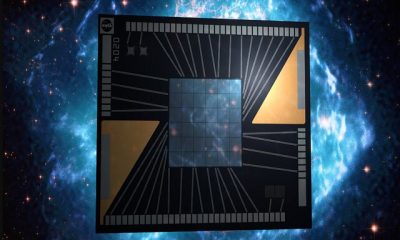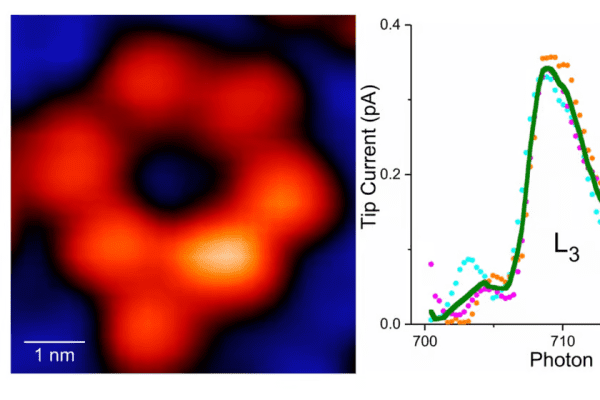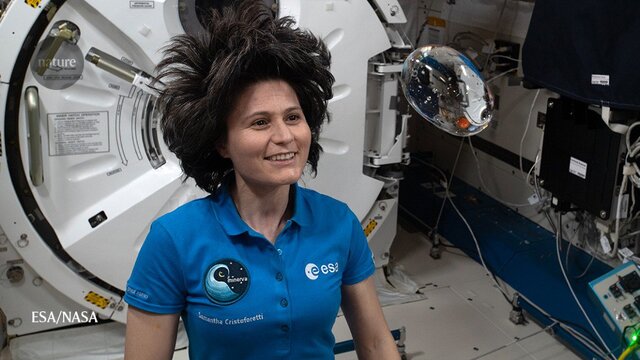Why does time move forward? No matter how ambiguous we are about the phenomenon of time, we agree on one thing, and that is that time always moves forward.
Why does time move forward?
Recently, a group in Australia has investigated the category of moving time forward and how it occurs. Before this, it was thought to be one of the fundamental principles of the natural world, but apparently there is a more important reason for this.
We all know that time only moves forward. No matter how many attempts have been made to change it, we know that broken glass will never repair itself and people will never be young again after aging. There are many hypotheses for the cause of this phenomenon, but for a long time, it has been thought that this one-way movement is one of the fundamental and integral parts of nature.
But based on new research conducted by Joan Vaccaro of Griffith University in Australia, it is said that this is not the main issue, and there is probably a deeper and more solid reason for time to move forward. In other words, it can be said that there must be a very careful difference between two different time directions. These two directions are actually the past and the future, and there is a factor that always leads us to the future and the opposite never happens.
Let’s back up for a second. It seems that this category is one of the most exciting and unimaginable aspects of physics. The mystery of time seems ambiguous because the forward movement of time is important in human life. But if we look at them individually at the atomic and molecular scale, then the movement of time forward or backward will not make much of a difference for these particles, and the particles will continue to behave regardless of the movement of time forward or backward.
Read More: What is mazut and what are its disadvantages for humans and the environment?
We should keep in mind that our main discussion here is not about space, because you shouldn’t expect that moving objects in space won’t change their location anyway. Therefore, scientists believed for a long time that there must be a basic reason for the expansion of the universe as time moves forward, and they did not imagine this for the category of space itself. This view is actually known as the asymmetry between space and time. The best example to express inconsistency is that the equations of the laws of motion and stability have inhomogeneous functions in time and space. Vaccaro says:
In the relationship between space and time, it is easier to understand and receive space; Because space is something that simply exists. But time is something that always pushes us forward.
His new plan states that it is possible that the two mentioned directions for time (forward and backward) are not the same at all. Vaccaro continues: Experiments conducted on subatomic particles in the last fifty years show that nature does not behave the same in dealing with these two directions of time. Among these, we can especially mention the subatomic particles called B and K mesons, which exhibit anomalous behaviors in terms of time direction.
K and B mesons are very small subatomic particles that cannot be examined without the help of some advanced tools. But the evidence of their different behavior according to the time direction effective on them shows that the reason for this difference, instead of being related to a fundamental part of nature’s behavior, may be due to the direction in which we are moving in time. We are walking. Vaccaro explains in this context: As we move forward in time, there will always be some backward bounce, like the effects of motional instability, and in fact, this backward motion is what I intend to measure using the B and K mesons.
To carry out this research, Ms. Vaccaro rewrote the equations of quantum mechanics, taking into account that the nature of time will not be the same in two directions, and the results showed that the calculations performed can accurately explain the mechanism of our world. Vaccaro said about this: When we included this complex behavior in the model of the universe, we realized that the universe moves from a fixed state in one moment to moment-to-moment and continuous changes. In other words, this difference in the two directions of time seems to be the reason for forcing the universe to move forward.
If this issue is proven, it will mean that we have to rethink and revise our understanding and acceptance of the category of time passage and the equations affected by it. But on the other hand, this achievement may lead to new insights and findings about the more strange aspects of time. Vaccaro said in the end: Understanding how time passes and evolves brings us to a completely new perspective on the natural foundations of the phenomenon of time itself. Also, in this way, we may be able to get a better understanding and reception of amazing and exciting ideas such as traveling to the past.
Vaccaro’s calculations have been published in the Journal of Physical and Mathematical Engineering Sciences.



 Technology9 months ago
Technology9 months ago


 Technology10 months ago
Technology10 months ago


 Technology9 months ago
Technology9 months ago


 Technology11 months ago
Technology11 months ago


 AI1 year ago
AI1 year ago


 Humans1 year ago
Humans1 year ago


 Technology10 months ago
Technology10 months ago


 Technology11 months ago
Technology11 months ago

























